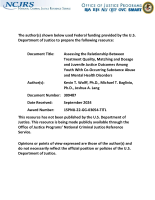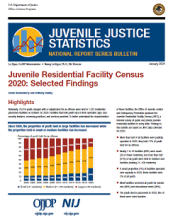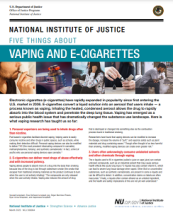Just Science Podcast: Just Navigating Reentry Using Peer Support
Date Published
July 2024
Agencies
BJA-Sponsored,
NIJ-Sponsored
Publication Type
Issue Overview






